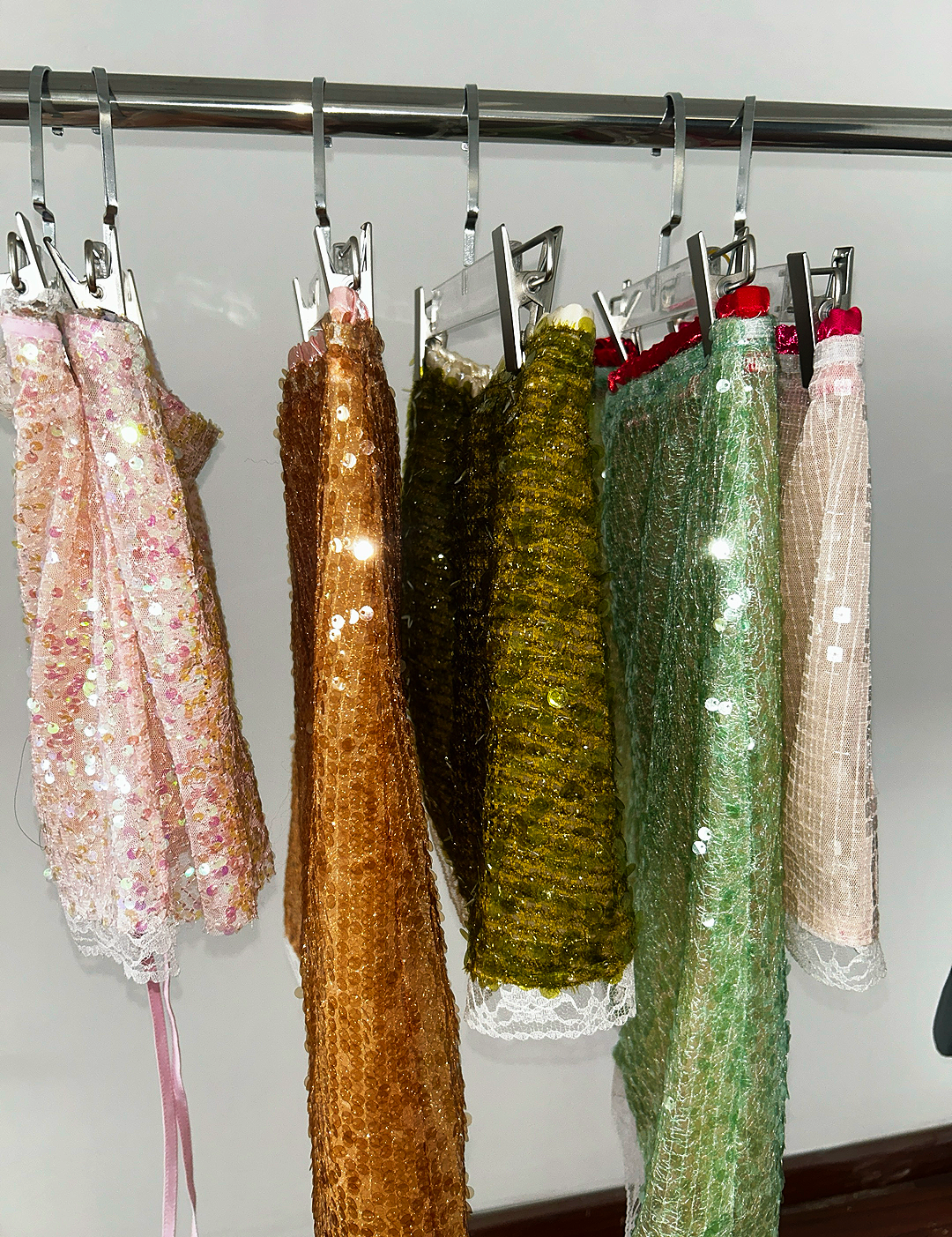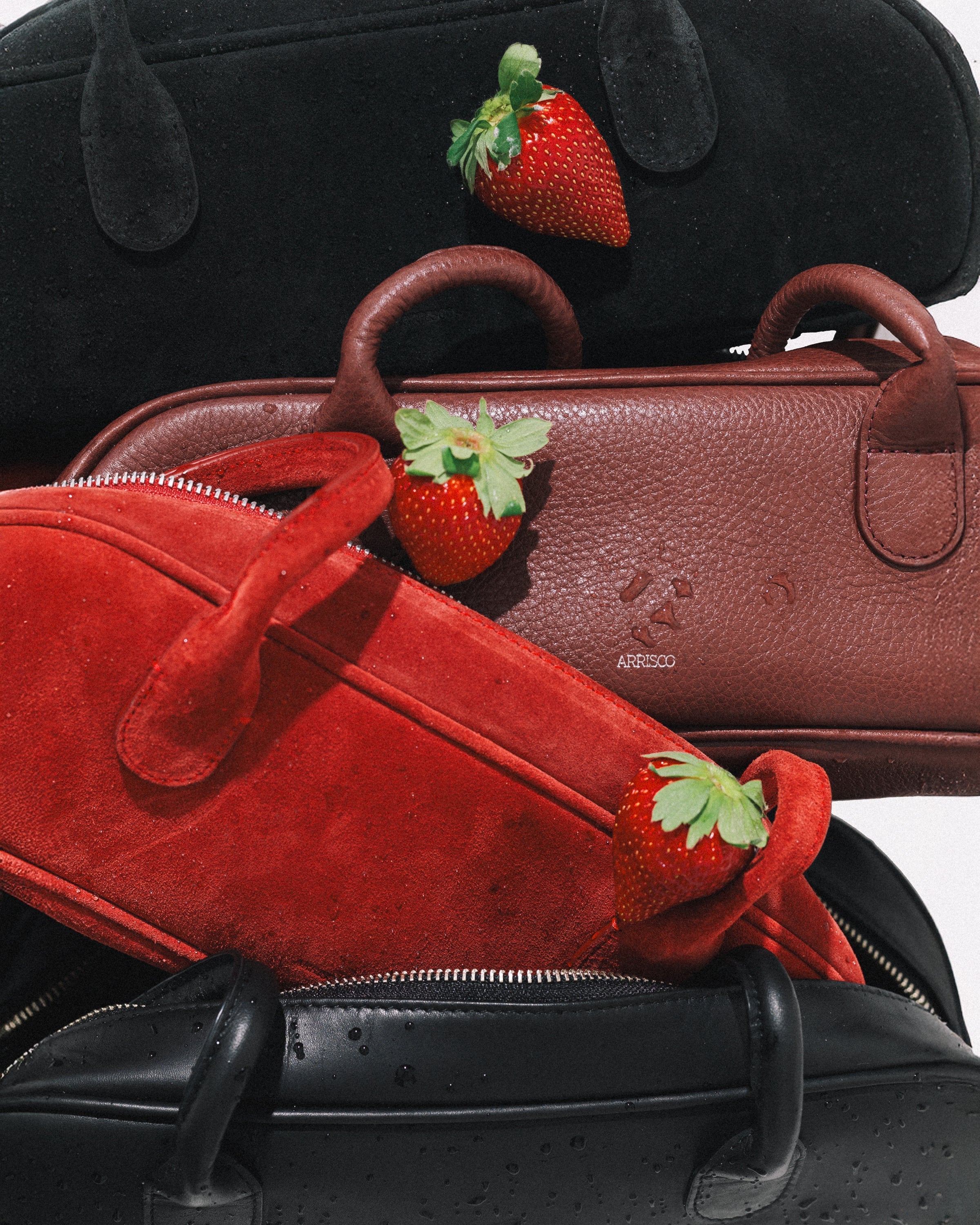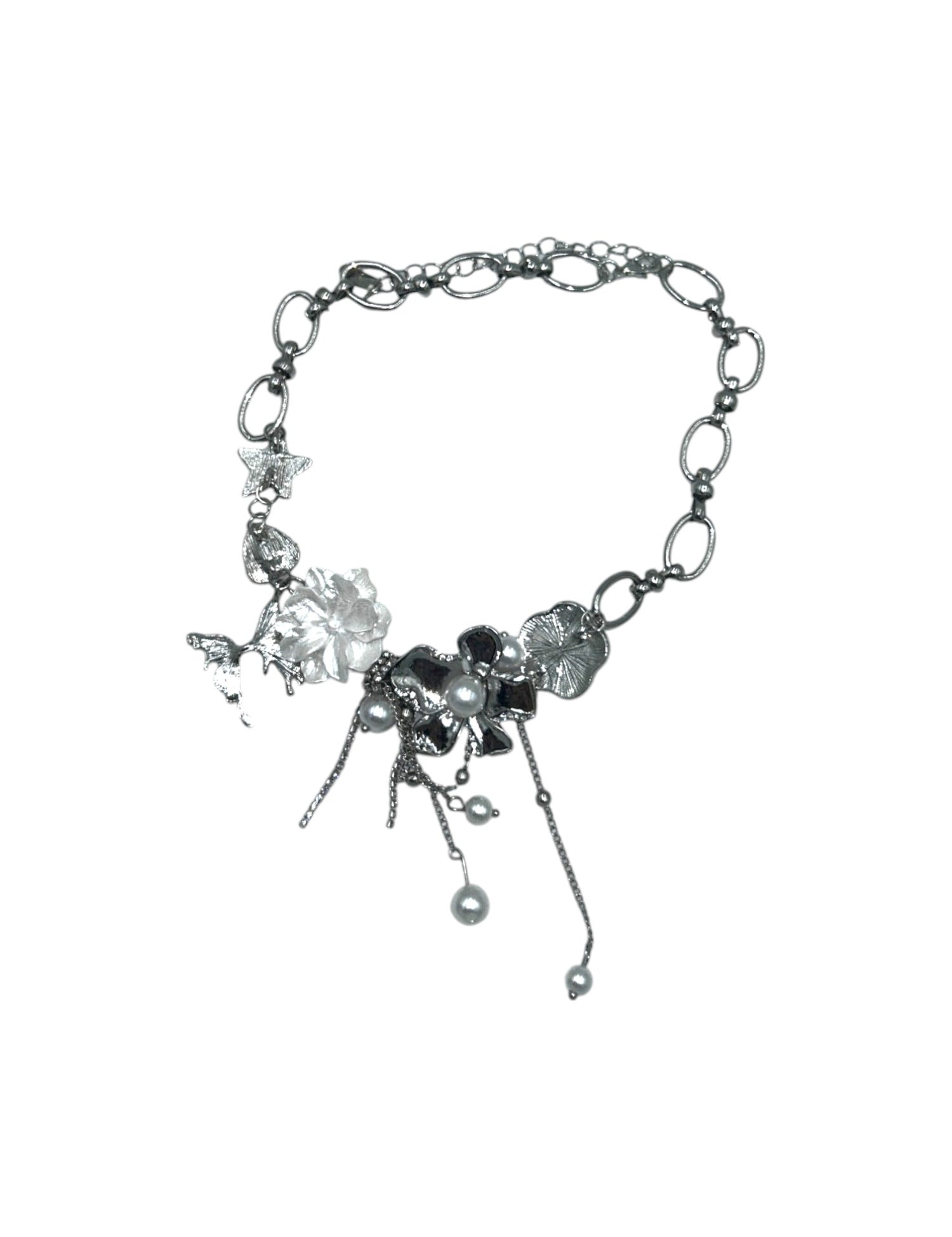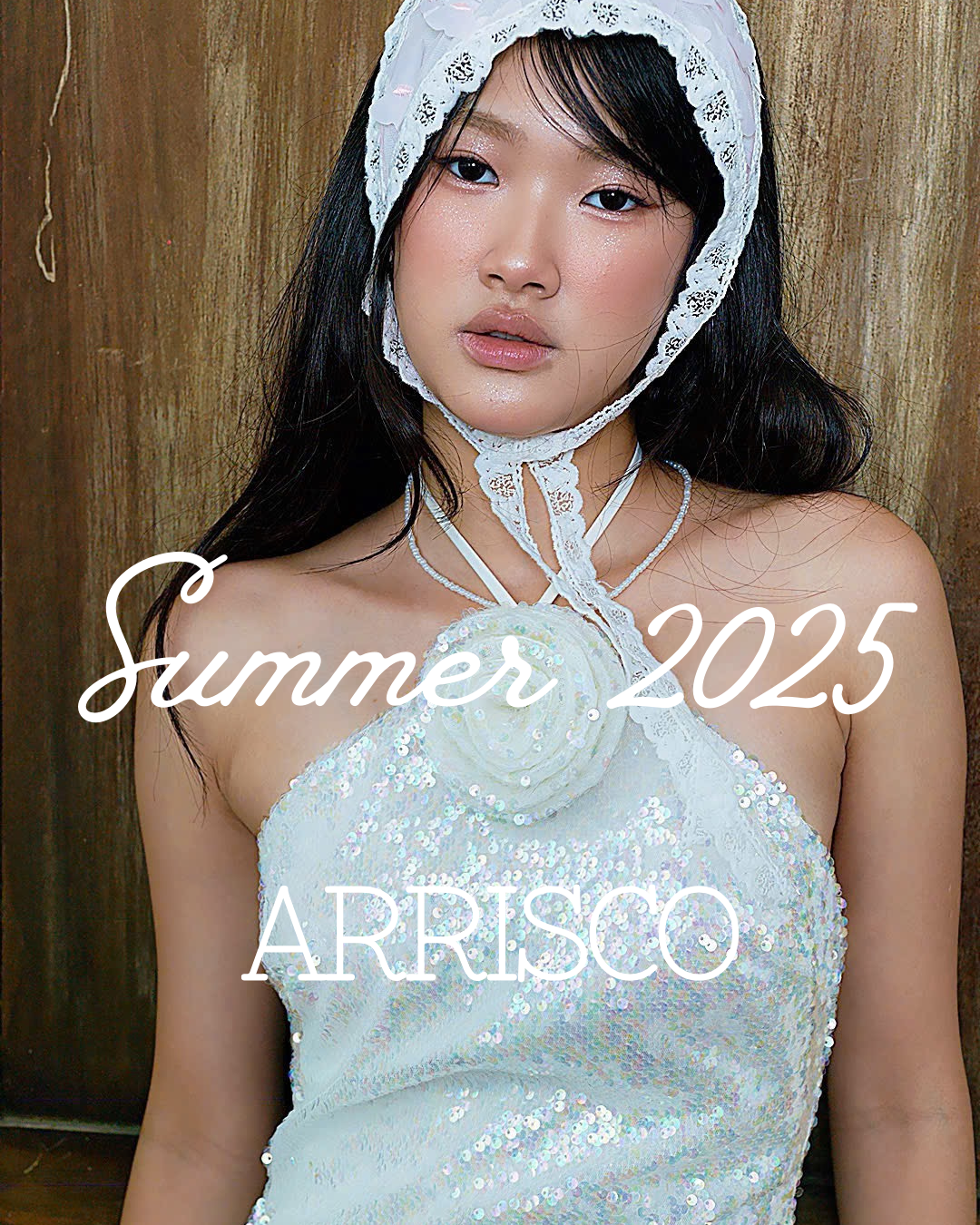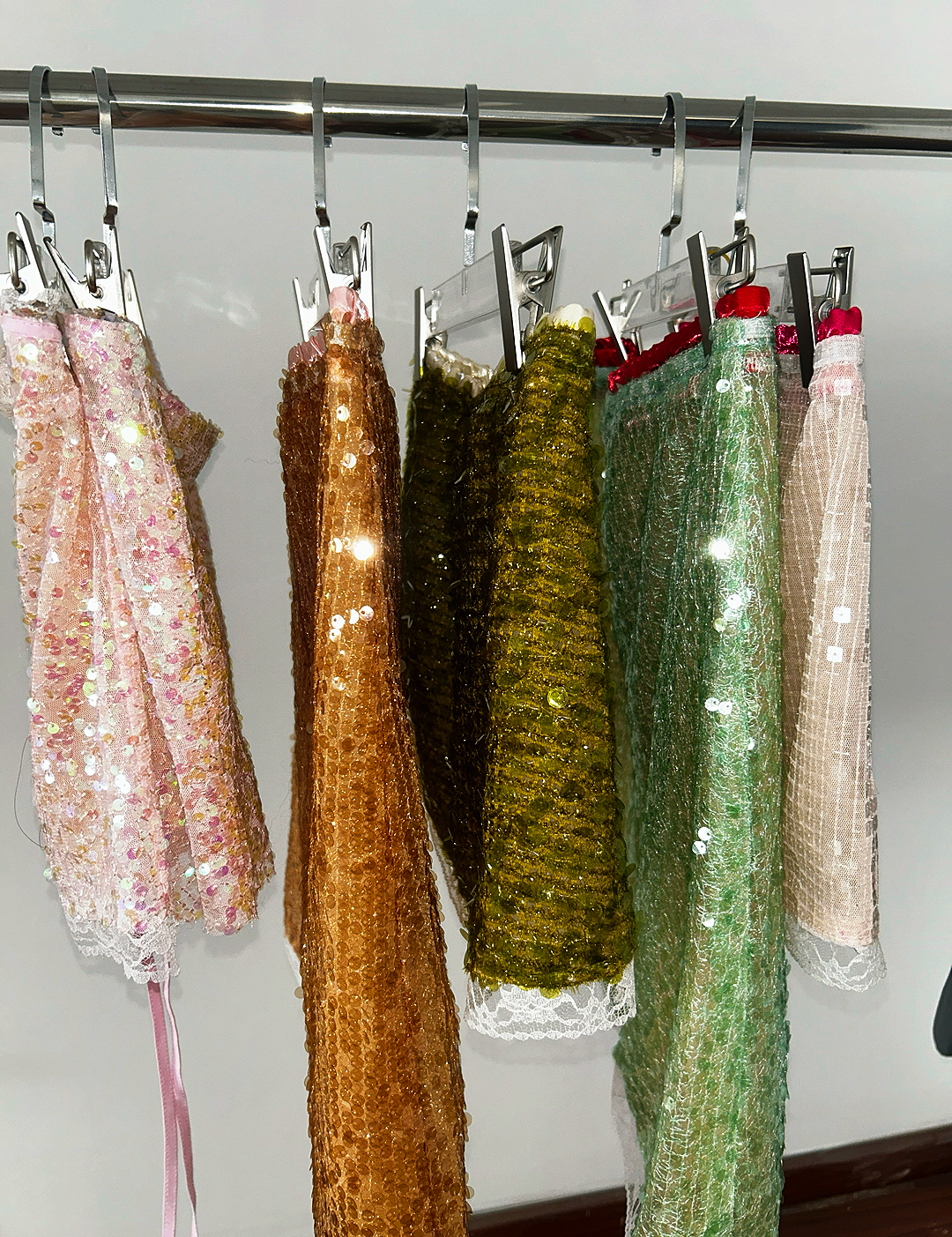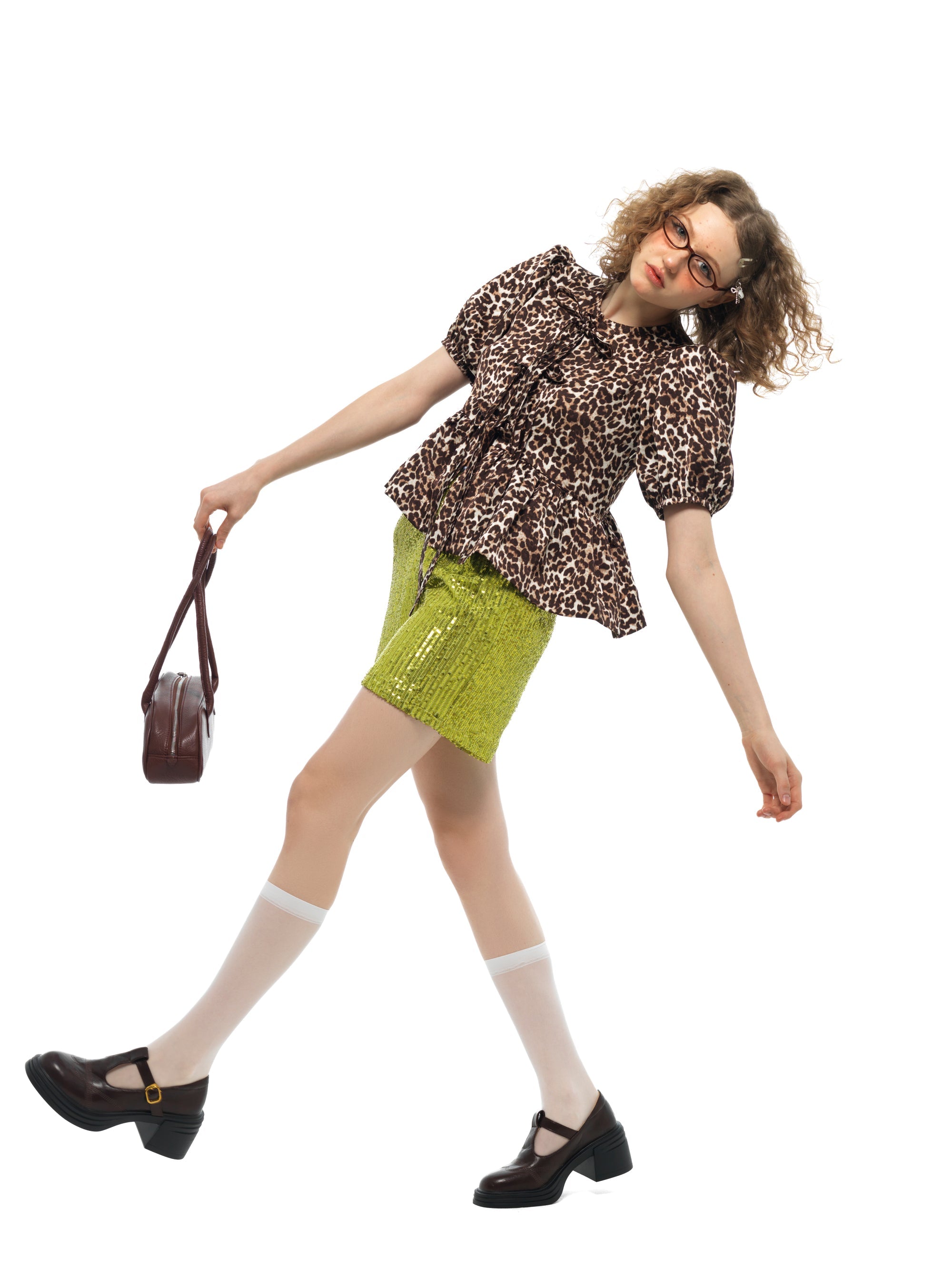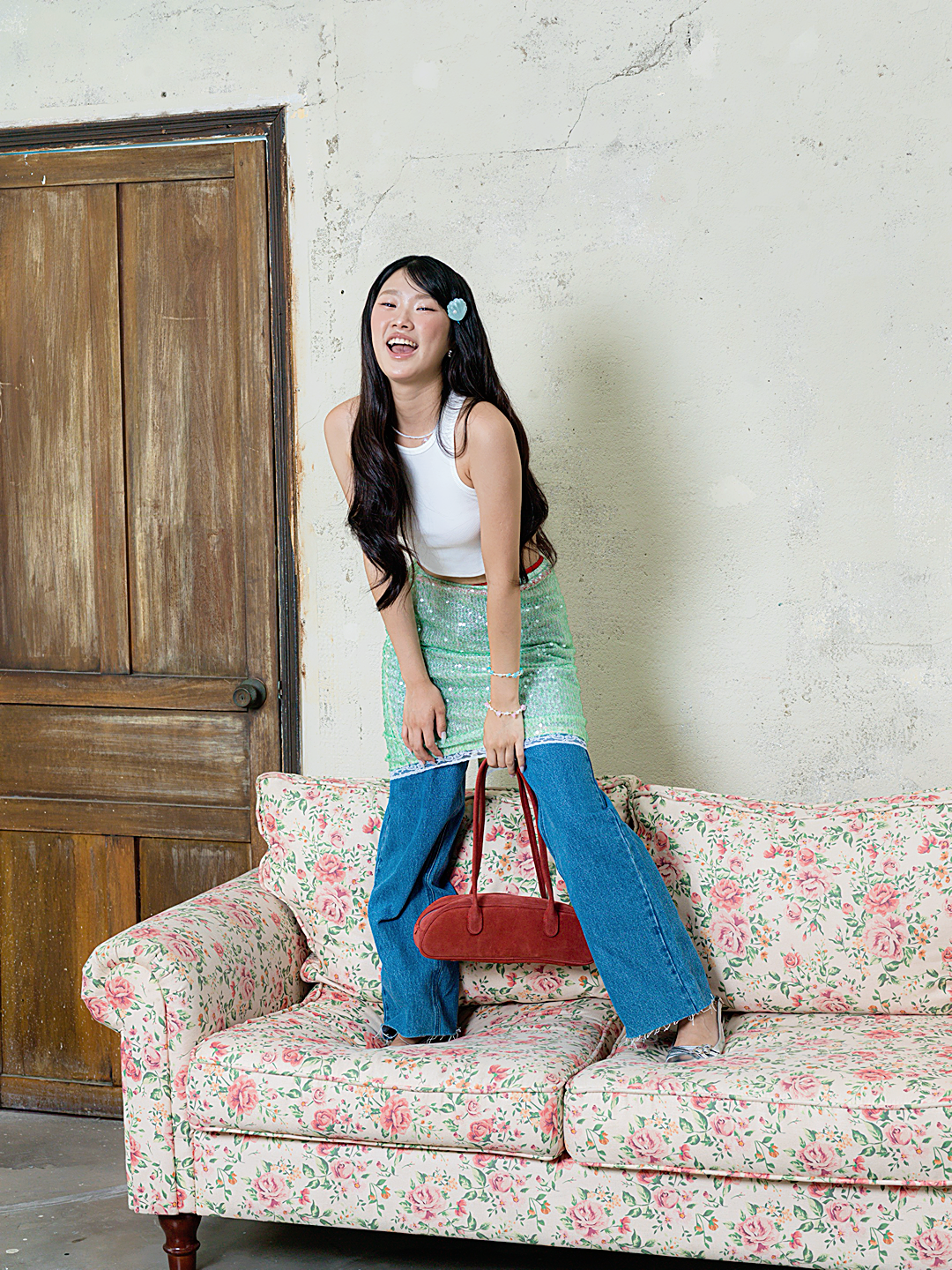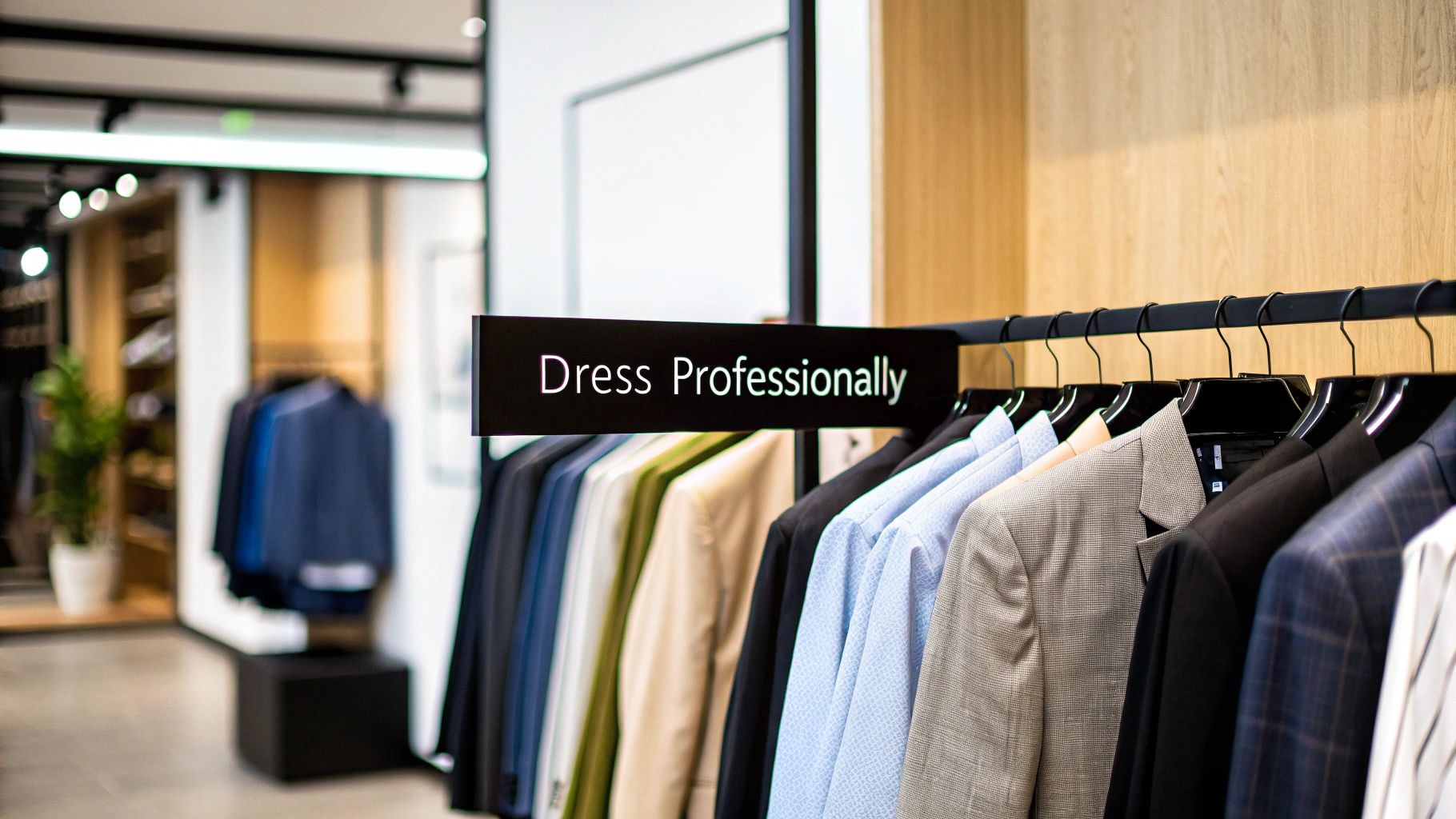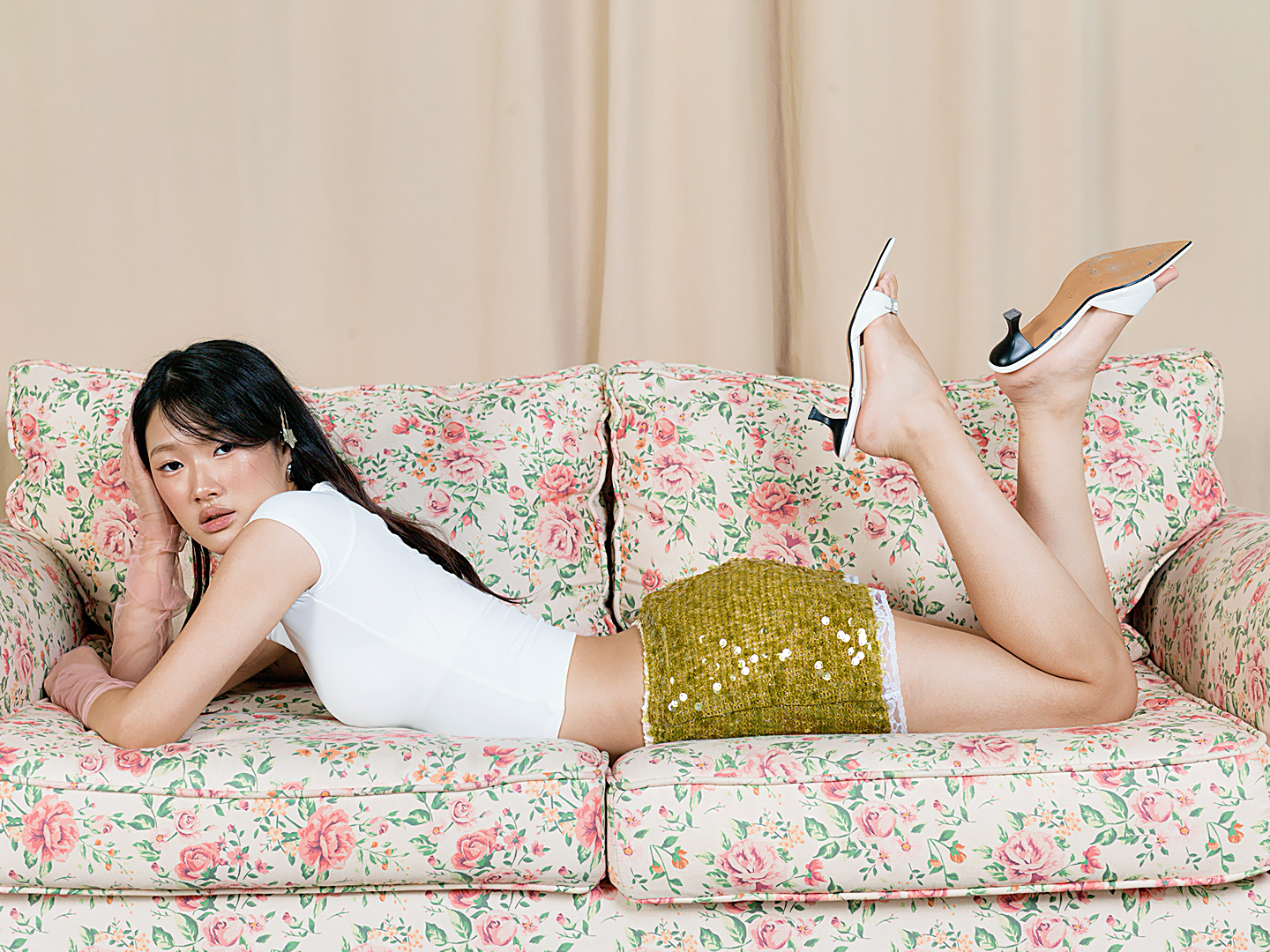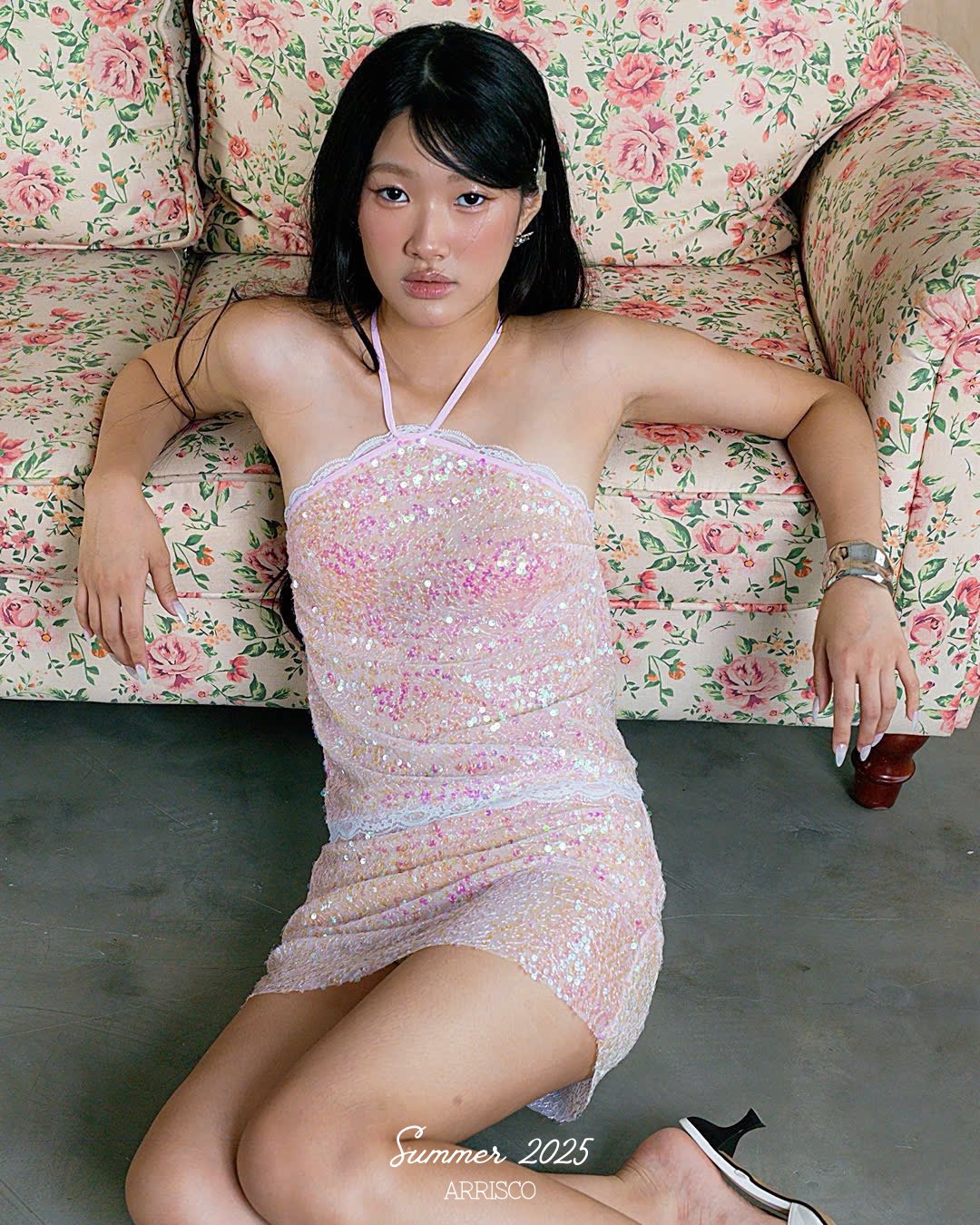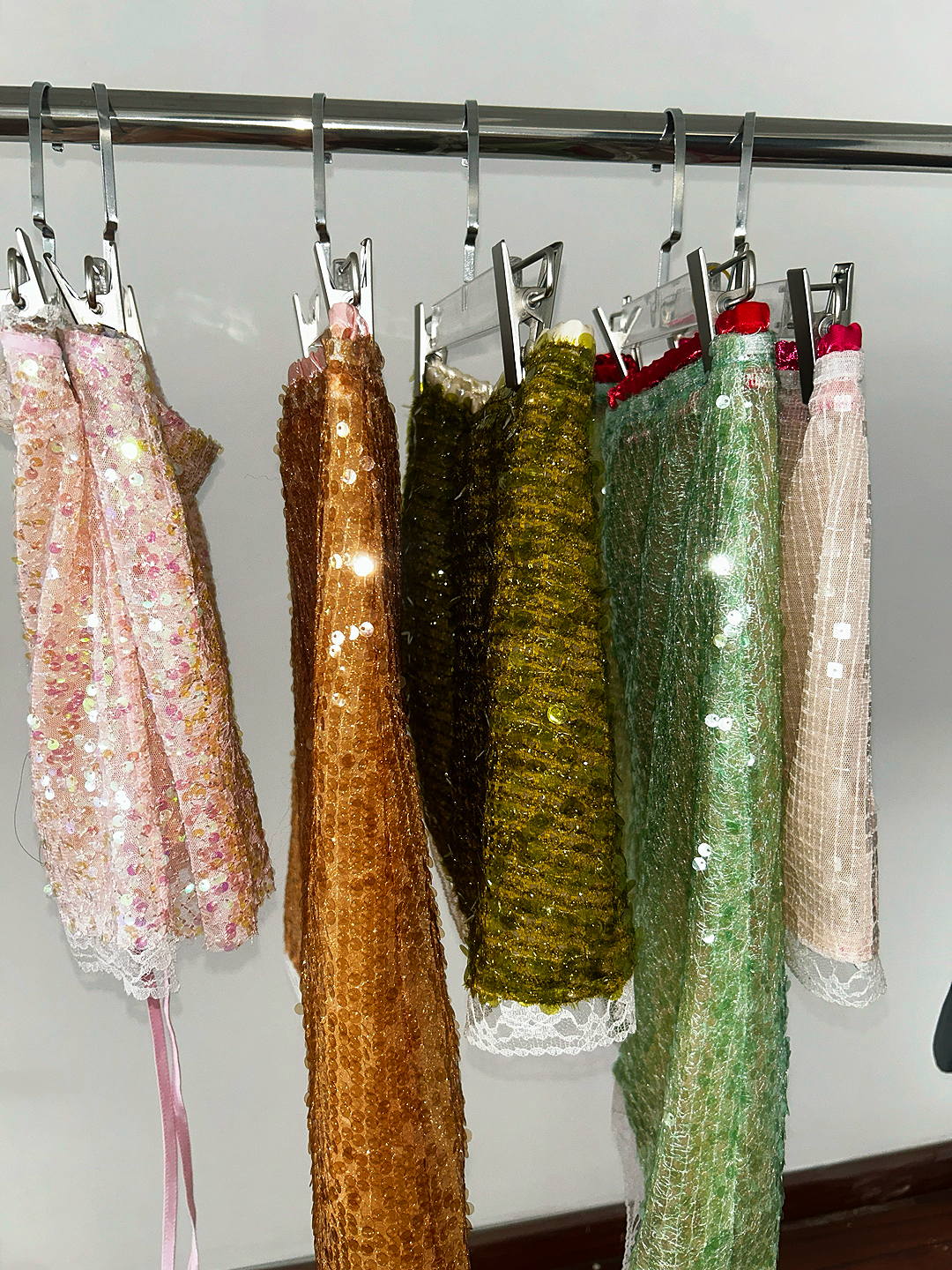Figuring out what to wear to work can feel like a guessing game, but it all boils down to understanding three core dress codes: Business Formal, Business Casual, and Smart Casual. Once you know which one fits your office culture, you'll walk in every day looking polished and feeling completely in your element. It’s all about making that killer first impression, whether you're nailing an interview or just getting on with your day.
Decoding Today's Professional Dress Codes
Let's be honest, office style can be a bit of a minefield, especially with how much company cultures are changing. So, let’s cut through the confusion and get to grips with the main dress codes you’ll actually come across. Getting these down is your first real step to building a work wardrobe that not only looks great but actively helps you climb the career ladder.
It's also fascinating how much professional dress standards can change depending on where you are in the world. Workplaces in South Korea, for instance, often lean more formal than those in many Western countries. A global poll by Ipsos back in 2010 really highlighted this, finding that a massive 58% of workers in South Korea dress in business or smart attire. That's way above the global average of 34%! Keeping that kind of cultural context in mind is a game-changer when you're deciding what to wear.
Understanding the Spectrum of Styles
The easiest way to think about it is on a spectrum, from buttoned-up formal to smartly relaxed. Each style sends a different signal.
- Business Formal: This is the sharpest, most traditional look you can get. We're talking top-tier corporate settings like law or finance, or for those really important, high-stakes meetings. For men, it’s the full suit and tie. For women, it's a tailored suit or a conservative dress with a blazer.
- Business Casual: This has become the go-to for most modern offices. It strikes that perfect balance between looking professional and feeling comfortable. Think blazers and chinos or smart trousers, blouses, and quality knitwear instead of a full, matching suit.
- Smart Casual: Here's where things get more relaxed and you can let your personality shine through a bit more. You’ll often find this in creative fields or the tech world. It’s about looking put-together but not stuffy, so think dark-wash jeans (no rips!), stylish trainers, and polo shirts.
This handy visual gives you a quick rundown of the key pieces that define each of these styles.

As you can see, the main difference really comes down to how structured the clothing is—from a perfectly tailored suit all the way to a crisp pair of dark jeans. If you're gearing up for a return to the office, you might also find some great tips in our style guide for a seamless transition back to work.
Your outfit is speaking long before you do. It’s a silent conversation that tells everyone about your professionalism, your eye for detail, and your respect for the situation you’re in.
Professional Dress Code At a Glance
To make it even clearer, here’s a quick-reference table that breaks down the essentials for each dress code.
| Dress Code | Key Elements for Men | Key Elements for Women |
|---|---|---|
| Business Formal | Full matching suit (dark, neutral colour), dress shirt, tie, leather dress shoes. | Suit (skirt or trousers), conservative dress, blouse, closed-toe heels. |
| Business Casual | Blazer or sports coat, chinos or dress trousers, collared shirt, leather loafers. | Blouse or knit sweater, smart trousers or skirt, blazer, flats or heels. |
| Smart Casual | Dark-wash jeans (no distress), polo or button-down shirt, clean trainers or boots. | Stylish top, well-fitting dark jeans or chinos, fashionable flats or boots. |
Think of this table as your cheat sheet for those mornings when you're standing in front of your wardrobe wondering what on earth to wear. It's all about matching the expectation to the outfit.
Building Your Core Professional Wardrobe

Let’s get one thing straight: creating a wardrobe that makes you feel like you can conquer the world isn't about having an endless collection of new outfits. Not at all. The real secret, the one that stylish professionals have known for years, is building a rock-solid foundation of high-quality, versatile essentials.
Think of it as your career "capsule wardrobe"—a thoughtfully curated set of pieces that play well together, mixing and matching to create outfit after outfit. This isn't just a win for your wallet; it's a massive time-saver on those frantic mornings. When every piece in your closet works with several others, you can pull together a polished look in minutes. The goal here is to invest in pieces that last, look incredible, and will see you through your next big promotion.
Selecting Your Foundational Pieces
The magic formula for a killer professional wardrobe comes down to three things: fit, fabric, and function. A perfectly tailored blazer made from quality wool will always outshine a trendy but ill-fitting jacket. Every. Single. Time. These are your non-negotiables.
Here’s where I always tell my clients to start:
-
The Go-To Blazer: A structured blazer in a classic neutral like navy, charcoal grey, or black is your ultimate power piece. Seriously, it's a game-changer. It instantly sharpens a look, whether you're pairing it with matching trousers for the boardroom or throwing it over dark-wash jeans for a smart casual Friday.
-
Perfectly Tailored Trousers: You need at least two pairs of fantastic-fitting trousers. A classic straight-leg or a modern slim-fit cut in a neutral shade creates a clean, powerful silhouette that works with everything from a crisp shirt to a fine-knit jumper.
-
Classic Blouses and Shirts: Stock up on a few simple, elegant tops. You can never go wrong with a crisp white button-down shirt—it’s timeless for a reason. Silk or crepe blouses in solid colours or even a subtle print can add a touch of personality and soften the overall look.
-
The Multi-Purpose Skirt or Dress: A well-fitting pencil skirt or a structured sheath dress is an incredible asset. Look for styles that hit right around the knee in fabrics that can be dressed up with your blazer or stand beautifully on their own.
When you're shopping, make a habit of checking the labels. Natural fibres like wool, cotton, and silk not only feel amazing against your skin but they also wear better and look more luxurious over time.
A great wardrobe is built, not bought. It's about a few amazing pieces you love that make you feel like you can take on the world, rather than a closet full of things you only sort of like.
Putting It All Together: A Checklist
As you start building (or refining) your wardrobe, use this little checklist to make sure you’ve got the core components covered. Think of these as the backbone of your professional style—the pieces that will give you the confidence to tackle any work scenario.
| Item Category | Essential Pieces for Men | Essential Pieces for Women |
|---|---|---|
| Outerwear | 1-2 Tailored Blazers (Navy, Grey) | 1-2 Tailored Blazers (Navy, Black, or Beige) |
| Tops | 3-5 Dress Shirts (White, Light Blue) | 3-5 Blouses/Shirts (White, Neutral, Subtle Print) |
| Bottoms | 2-3 Pairs of Trousers/Chinos (Grey, Navy, Khaki) | 2-3 Pairs of Trousers/Skirts (Black, Grey, Navy) |
| Footwear | 2 Pairs of Leather Shoes (Oxfords, Loafers) | 2 Pairs of Professional Shoes (Flats, Low Heels) |
| Key Addition | 1 Quality Knit Sweater (Merino Wool or Cashmere) | 1 Sheath Dress or A-line Skirt (Neutral Colour) |
This foundation is your launchpad. From here, you can slowly start introducing pieces with more colour, texture, and personality as you get a feel for your workplace style. Just remember the golden rule: quality over quantity, always.
Mastering Business Formal for Key Moments

When the stakes are high, business formal is your secret weapon. I'm talking about the big moments—that major client pitch, a career-defining job interview, or a prestigious corporate gala. These are the times your outfit needs to do the talking for you, broadcasting confidence and authority before you even utter a word.
This isn't just about throwing on a suit. It's about sending a clear, unambiguous message of polish, seriousness, and an almost obsessive attention to detail. Getting this right shows you grasp the gravity of the situation and, more importantly, that you belong in that room.
Here in South Korea, this often means leaning into a more conservative and modest professional style. For women, this typically means avoiding exposed shoulders or low necklines in formal business settings. For men, a dark suit and a crisp white shirt is the go-to for a sharp, clean image. It’s a cultural nuance worth understanding.
The Foundations for Men
Alright gentlemen, let's talk essentials. The absolute cornerstone of business formal is a fantastic dark, tailored suit. Your most powerful and versatile options are going to be navy and charcoal grey. Save the black suit for more formal evening events or sombre occasions.
Underneath, you need a pristine, long-sleeved dress shirt. Stick with white or a very subtle light blue for a classic look. The finishing touch? A conservative silk tie—think simple stripes or a quiet geometric pattern. And on your feet, it has to be polished leather dress shoes like Oxfords or Derbies in black or dark brown. No exceptions.
Polished Options for Women
For women, business formal opens up a few incredibly elegant possibilities. The tailored suit, whether it's a trouser suit or a skirt suit, is a timeless power move. If you go with a skirt, just make sure the hemline sits at or just below the knee to keep the silhouette professional.
Another brilliant choice is a structured, conservative dress layered under a matching blazer. The key here is high-quality fabric that holds its shape beautifully throughout the day. For shoes, stick to closed-toe heels or a pair of sophisticated flats in a neutral colour.
Your business formal outfit is your armour. It’s not just clothing; it’s a strategic choice that prepares you to walk into any high-stakes room and own it.
Even with classic looks, it's smart to keep an eye on subtle style shifts to stay current. For a little inspiration on how contemporary touches can elevate timeless pieces, you should definitely check out our ultimate guide to 2025 dress trends. The goal is always timeless elegance with a modern edge.
Navigating Business Casual and Smart Casual
Alright, let's dive into the most common—and honestly, the most confusing—part of the professional wardrobe. We're talking about the world of business casual and smart casual. The lines can feel a bit blurry, but once you nail the difference, you'll master your everyday office look with total confidence.
This is where you get to have some fun, blending real comfort with sharp professionalism and letting your personality shine through. It's a huge shift we're seeing across countless industries, especially right here in South Korea. The days of the mandatory suit and tie are definitely fading. Think about it: in the late 1990s, a whopping 85.2% of men wore a suit to work every single day! Today, that picture looks completely different as offices embrace a more relaxed, yet still impeccably polished, vibe. You can read more about this fascinating evolution in Korea's new workplace look.
Cracking the Business Casual Code
Think of business casual as taking one confident step down from a full-on suit. It's still absolutely professional, but it gives you so much more room for comfort and variety. This is the go-to dress code for a huge number of modern offices, from bustling marketing agencies to corporate departments that have finally loosened up their old-school rules.
The whole game is about pairing structured, classic pieces with something a bit more relaxed. For instance, you could swap out your formal suit trousers for a fantastic pair of well-fitting chinos. Or, you might trade a stiff, starchy button-down for a luxurious knit sweater. It’s all about looking put-together and capable, without feeling constricted.
Here are a few combinations that are practically foolproof:
- For Men: A sharp blazer thrown over a crisp collared shirt, paired with either chinos or smart dress trousers. A classic pair of loafers is the perfect way to finish this look.
- For Women: A beautiful, stylish blouse tucked into tailored trousers or a knee-length skirt is always a winner. You can easily layer a fine-knit cardigan or a blazer over the top for that extra touch of polish.
Business casual is your golden opportunity to showcase both your professional competence and your unique personality. The goal is to look approachable, capable, and effortlessly confident.
Of course, the weather plays a big part in your choices. Staying professional when it's warm outside is all about smart fabric choices and clever layering. For some great ideas that work both in and out of the office, take a look at our guide on how to dress for 70-degree weather.
Embracing Smart Casual with Style
Now, let's dial the formality down just one more notch. Welcome to smart casual. This is the unofficial uniform of the creative, tech, and start-up scenes. It's the most relaxed professional dress code, but—and this is a big one—it never means sloppy. The "smart" part is everything. It's all about looking intentional, stylish, and neat.
This is your chance to bring in pieces like premium dark-wash jeans (with absolutely no rips or distressing!), immaculate minimalist trainers, or even a well-cut polo shirt. The secret to making it work? You have to elevate these more casual items with more structured, polished pieces.
How to Nail the Smart Casual Vibe
The real trick here is balance. If you're going with jeans, pair them with a fantastic blazer and smart shoes to lift the whole outfit. If you decide on a cool pair of trainers, make sure the rest of your look—like your trousers and shirt—is crisp and well-tailored.
This little table should make the distinction crystal clear:
| Element | Business Casual | Smart Casual |
|---|---|---|
| Trousers | Chinos, dress trousers, tailored skirts | Dark-wash jeans, smart trousers, chinos |
| Tops | Collared shirts, blouses, knit sweaters | Button-downs, stylish polos, quality t-shirts (under a blazer) |
| Outerwear | Blazers, sport coats, cardigans | Blazers, stylish jackets, clean-cut bomber jackets |
| Footwear | Loafers, brogues, flats, low heels | Clean trainers, desert boots, loafers, fashionable flats |
Ultimately, smart casual is your playground for expressing your personal brand at work. Have fun with it, but always remember to keep it looking deliberate, sharp, and put-together.
Accessorizing and Grooming for a Polished Look

A great outfit is a fantastic start, but let's be honest—it’s the finishing touches that truly make a look. The magic of professional style really comes alive in the details. These are the small things that pull everything together, broadcasting that you're intentional, polished, and ready for whatever the day throws at you.
Think of your clothing as the canvas. Your accessories are the masterful brushstrokes that bring the whole picture to life, adding personality and depth. The goal is always to enhance, never to overwhelm.
Choosing the Right Accessories
When it comes to accessorising for work, the golden rule is subtlety and quality. Your pieces should be the perfect supporting cast for your outfit, not the screaming lead.
Here are a few of my go-to, can't-miss choices:
- A Classic Watch: It’s so much more than a timepiece! A beautiful analogue or a sleek, minimalist digital watch sends a message of sophistication and reliability.
- Understated Jewellery: A simple pendant necklace, classic stud earrings, or a delicate bracelet adds a whisper of elegance. For men, a sharp pair of cufflinks or a tasteful tie bar can elevate a formal look from good to great.
- A Quality Belt: Honestly, a well-made leather belt is non-negotiable. If you really want to nail that polished look, getting the details right is everything, which is why this definitive guide to matching shoes and belt is such a game-changer for men's suiting.
Choosing high-quality, timeless accessories isn't just about looking good; it's a smarter, more thoughtful way to build your wardrobe. We talk a lot more about this mindset in our guide to sustainable fashion that redefines style.
The best professional accessories are the ones you forget you're wearing, but everyone else notices. They should feel like a natural extension of your personal brand—quietly confident and impeccably chosen.
The Importance of Impeccable Grooming
Now, let's talk about the absolute foundation of a professional appearance: grooming. You could be wearing a custom-tailored suit, but if your grooming is an afterthought, the whole effect is instantly undermined. It’s the ultimate sign of respect for yourself, your colleagues, and your work.
This isn’t about making huge, dramatic changes. It's all about consistent, thoughtful care.
A neat hairstyle is non-negotiable, whether you wear it long, short, or somewhere in between. The same goes for your hands—clean, trimmed nails are a must for everyone. It's a small detail that makes a huge impression.
And finally, never, ever forget your shoes. They are a dead giveaway of your attention to detail. Scuffed, dirty shoes can single-handedly ruin a perfectly good outfit. Keep them clean and polished. This simple habit speaks volumes about your self-discipline.
After all, it’s not just about how to dress professionally; it’s about how to be professional. These details are what complete the picture.
Answering Your Burning Questions About Professional Style
Okay, so you've got the basics of the main dress codes down. But what about those tricky, in-between situations that always seem to pop up? It's completely normal to have questions as you start building out your professional wardrobe.
Let's tackle some of the most common dilemmas I hear about. My goal is to help you clear up any confusion so you can walk into any office or meeting feeling completely self-assured. After all, the whole point is to let your talent do the talking, not your outfit.
What Should I Wear to a Job Interview?
This is the big one, isn't it? The golden rule I've always followed and shared is this: dress one level above the company's everyday dress code. It immediately signals that you're taking the opportunity seriously and respect their time.
Even if you've done your homework and know the office has a cool, smart casual vibe, arriving in business casual is a power move. For example, if the team typically wears dark-wash jeans and company polos, you’ll make a much stronger impression in tailored trousers or chinos and a sharp button-down shirt or a chic blouse.
Think of your interview outfit as the very first project you submit to a potential employer. You want it to be polished, well-researched, and show that you’ve paid attention to every last detail.
Now, if you’re interviewing somewhere more traditional, like a law firm or a bank, don't even think about straying from business formal. A perfectly tailored suit in a classic navy or charcoal grey is your best friend here. It’s a timeless choice that speaks volumes.
Can I Really Wear Jeans to Work?
Absolutely! But—and this is a big but—it comes with a few non-negotiable rules. The secret is all in choosing the right jeans and styling them with intention.
- Go for dark washes. A deep indigo or a solid black denim instantly reads more sophisticated than any light blue or acid-wash pair.
- Keep it clean. This means no distressing. No rips, no frayed hems, no tears, no dramatic fading. You want a crisp, uniform look.
- Elevate everything else. This is the most important part! Pair those smart jeans with a structured blazer, a beautiful silk blouse, or a high-quality cashmere sweater. Your shoes matter, too—think loafers, elegant flats, or ankle boots, not your weekend trainers.
For some brilliant ideas on putting together polished looks, many of the concepts in our guide on fashion tips for petite women to elevate their style are fantastic for everyone, focusing on creating clean lines and sophisticated silhouettes.
How Should I Handle Tattoos and Piercings?
This one comes down entirely to company culture. Workplaces are changing, and many modern or creative industries fully embrace tattoos and piercings as a form of personal expression.
On the other hand, more corporate or traditional fields might still have conservative expectations. My best advice? For the interview, always play it safe. If you have visible tattoos that are easily covered, it’s wise to do so. Opt for minimal, classic jewellery over more prominent piercings.
Once you’ve landed the job and have a real feel for the day-to-day office environment, you’ll know if it’s appropriate to adjust your approach.
At Arrisco, we're passionate about helping you build a professional wardrobe that feels like a true extension of yourself. Explore our latest collections to discover those timeless, foundational pieces that will give you confidence for years to come. Discover your professional style with Arrisco today!
